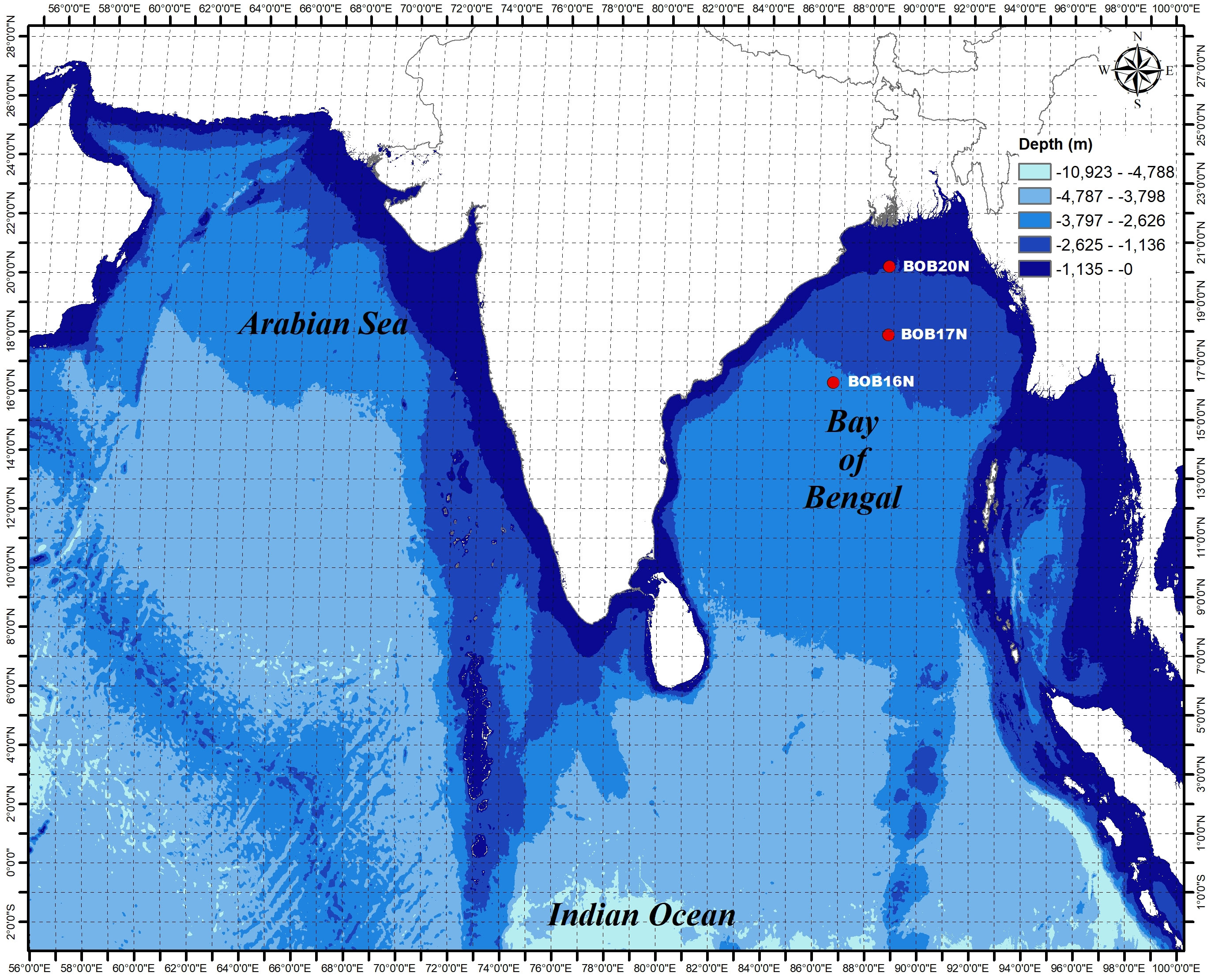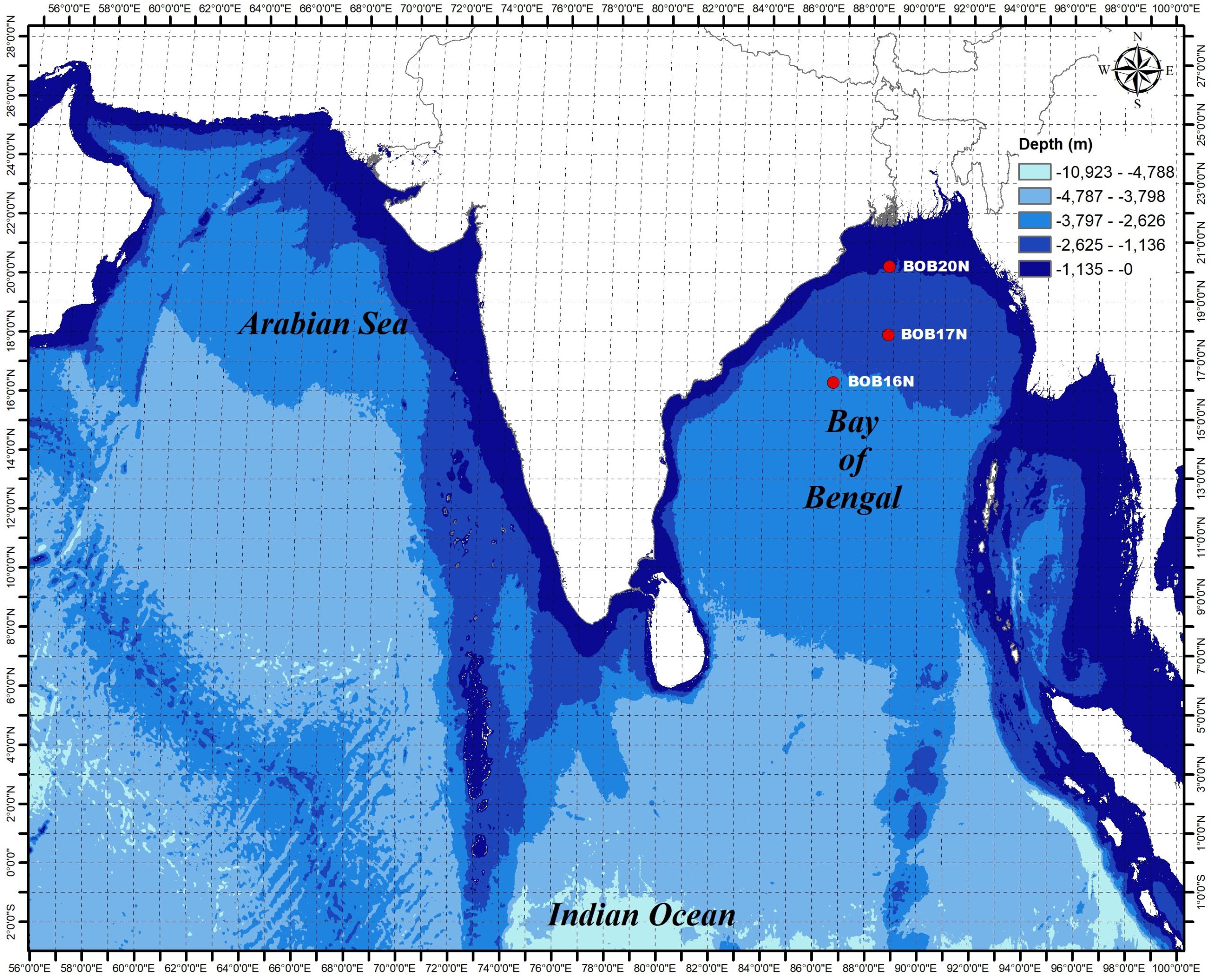
# **The Surge of ‘Unbelievably High’ Research Output: Observations and Issues**
In recent times, the quantity of scientists generating an astonishing volume of research articles and securing an exceptionally elevated count of co-authors has escalated markedly. A **new analysis** by scholars at **King Fahd University of Petroleum and Minerals in Saudi Arabia** indicates that approximately **10% of the globe’s leading researchers** demonstrate **‘unbelievably high’** rates of publication and authorship. The research raises alarms that certain scientists in diverse **scientific fields, such as chemistry**, could be partaking in tactics that aim to enhance their research metrics.
## **Unheard-of Rates of Publication and Authorship**
Geoscientists **Peter Mora** and **Simone Pilia** executed a comprehensive review of publication patterns utilizing the **Stanford ‘Top 2%’ scientist list**—a well-regarded database of prominent researchers. Their examination uncovered that **around 20,000 out of 200,000 researchers** showed **unusual publication rates and an extraordinary number of new co-authors yearly**. Some individuals **produce hundreds of articles each year**, while also amassing **hundreds to thousands of new collaborators annually**.
The findings denote that such phenomena might signify possible metric inflation, where **the quantity of publications takes precedence over the caliber of research.** It is noteworthy that **approximately 1,000 of these researchers** have been in academia for **less than ten years**, implying that these practices are not confined to veteran scientists but are increasingly **common among early-career researchers as well**.
Mora and Pilia contend that early-career researchers represent the **systemic issues within academic publishing**, where **career ambitions and institutional pressures promote Quantity over Quality in research outputs**.
## **Juxtaposition with Nobel Laureates’ Research Output**
To offer perspective, the investigators scrutinized the publication behaviors of **462 Nobel laureates** in chemistry, physics, medicine, and economics. The results disclosed a **distinct benchmark for acceptable research output**:
– Nobel laureates usually publish **no more than 20 articles in a year**.
– They also garner **no more than 35 new collaborators each year**.
These figures imply that beyond a certain threshold, sustaining **high-caliber, meaningful research contributions** becomes **ever more challenging**. This observation raises concerns regarding researchers surpassing these figures by **a considerable margin**, questioning the significance of their contributions to each publication.
## **Worries Regarding ‘Paper Pumping’ and Ethics in Co-Authorship**
Mora and Pilia advise that **overly high publication and co-authorship rates** might be associated with **‘paper pumping’**—an unethical tactic wherein researchers **falsely inflate publication counts** via:
– **Superficial or piecemeal research output**, where slight modifications of the same study are published repeatedly.
– **Co-author networks**, where researchers collaborate primarily to enhance each other’s publication metrics instead of making genuine scientific advancements.
– Dubious co-authorship methods, such as **gift authorship**, where individuals receive recognition for efforts they did not substantially contribute to.
The researchers find it **difficult to accept** that the most prolific authors maintaining **exceedingly high output levels** can consistently deliver **high-quality** and **innovative** research. They assert that these trends hint at a competition for increased publication counts that **might undermine scientific integrity**.
## **The Imperative for Scientific Reform and Responsibility**
To combat these concerning trends, Mora and Pilia suggest **reassessing research metrics** to **eliminate incentives** for inflated publication figures. They advocate for a reevaluation of how researchers are assessed for funding, promotions, and accolades, **redirecting the focus towards quality rather than quantity**.
Future inquiries ought to investigate the degree to which **excessive publishing rates affect the credibility, reproducibility, and overall advancement of science**. If the academic community does not acknowledge and tackle these matters, the risk of undervaluing genuine research contributions could escalate substantially.
## **Concluding Remarks**
The surge in high publication and co-authorship rates underscores a growing **issue within contemporary academia**. While thorough and productive research is essential, the drive to optimize output at **unsustainable levels** breeds unethical practices that may undermine the integrity of scientific findings. Institutions, journals, and funding bodies must contemplate **how they gauge researcher productivity** and strive for a more balanced and principled academic environment.
As academic competition **intensifies globally**, ensuring that research impact is evaluated based on **meaningful contributions instead of mere numbers** will be crucial for preserving **scientific credibility and advancement**.
